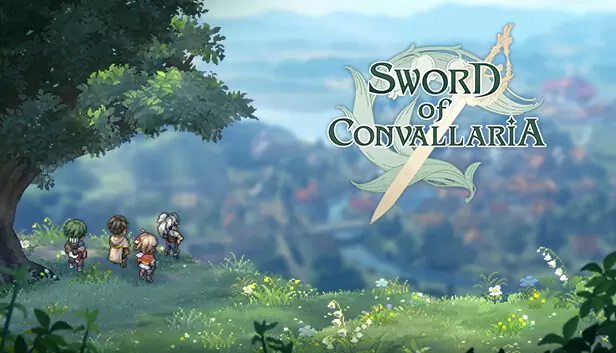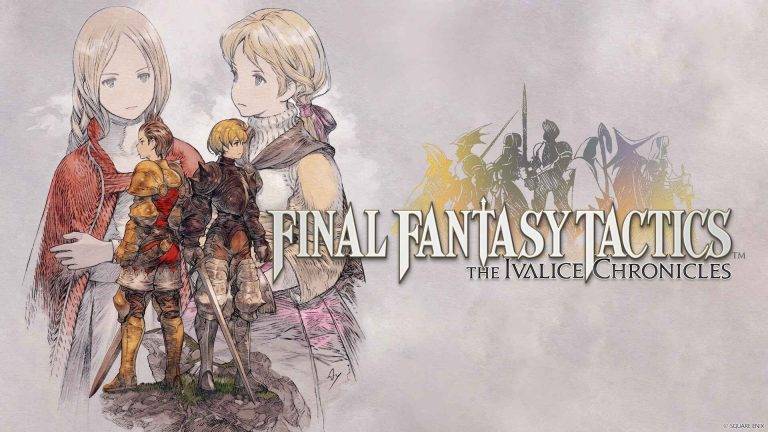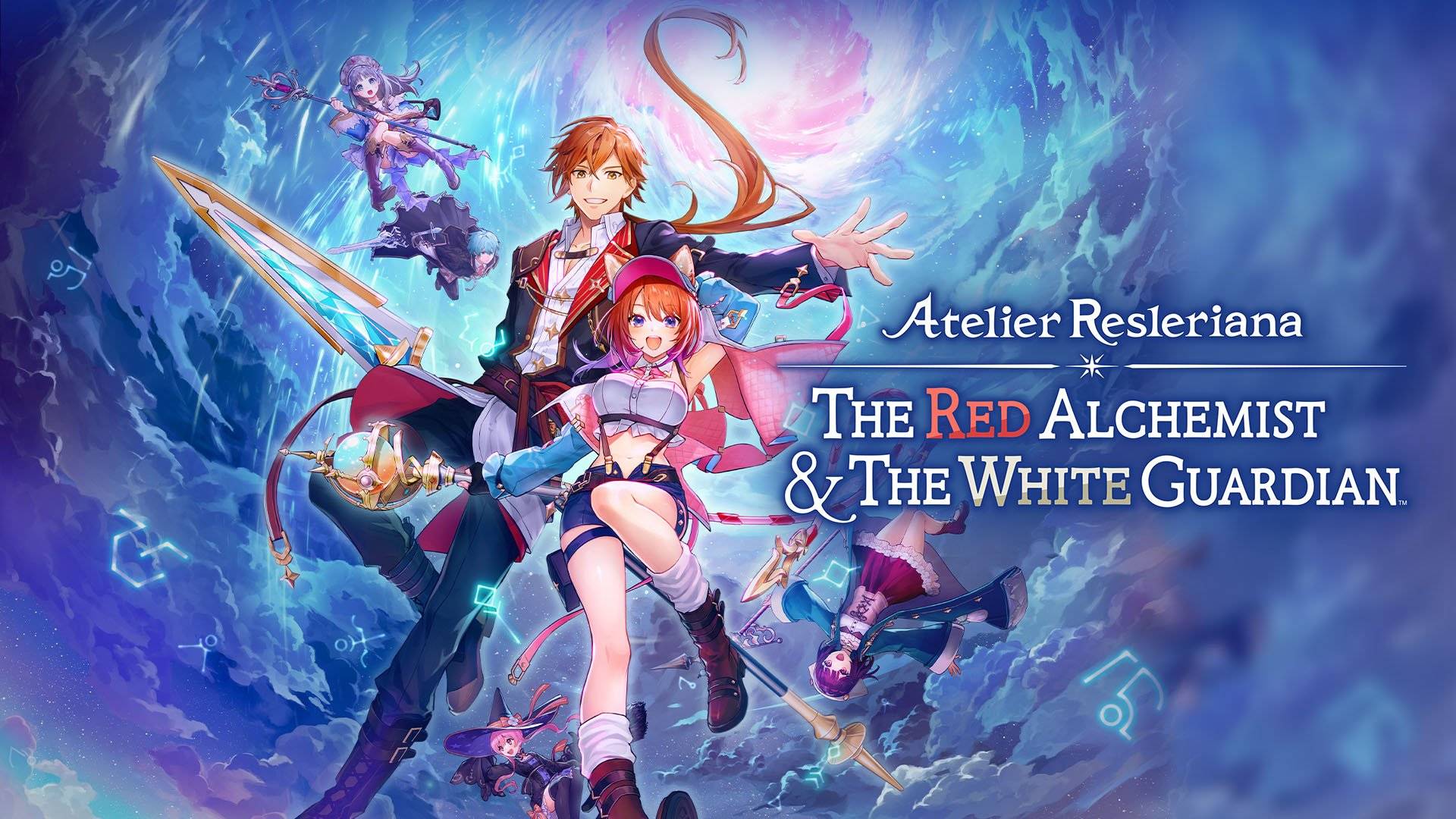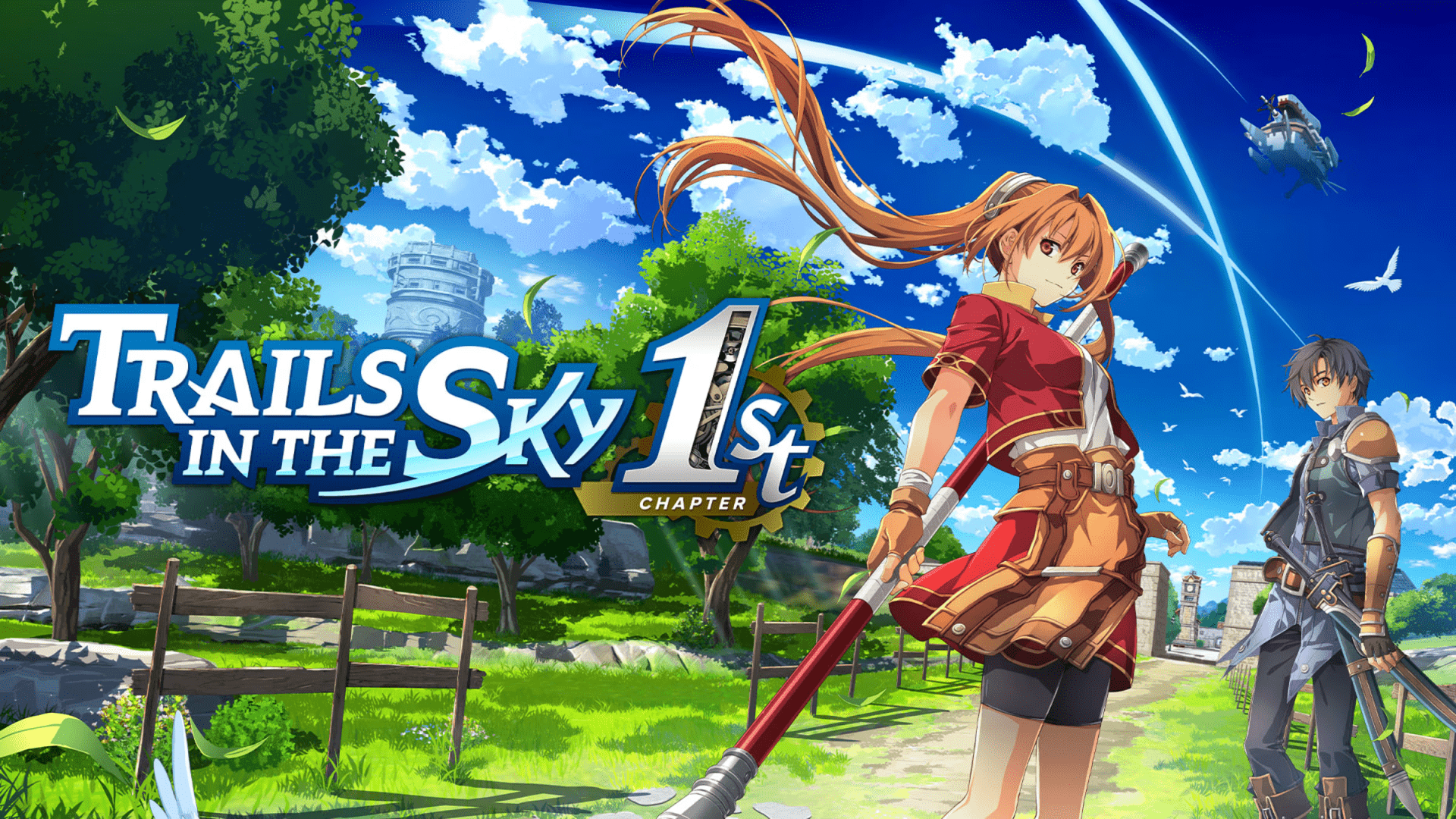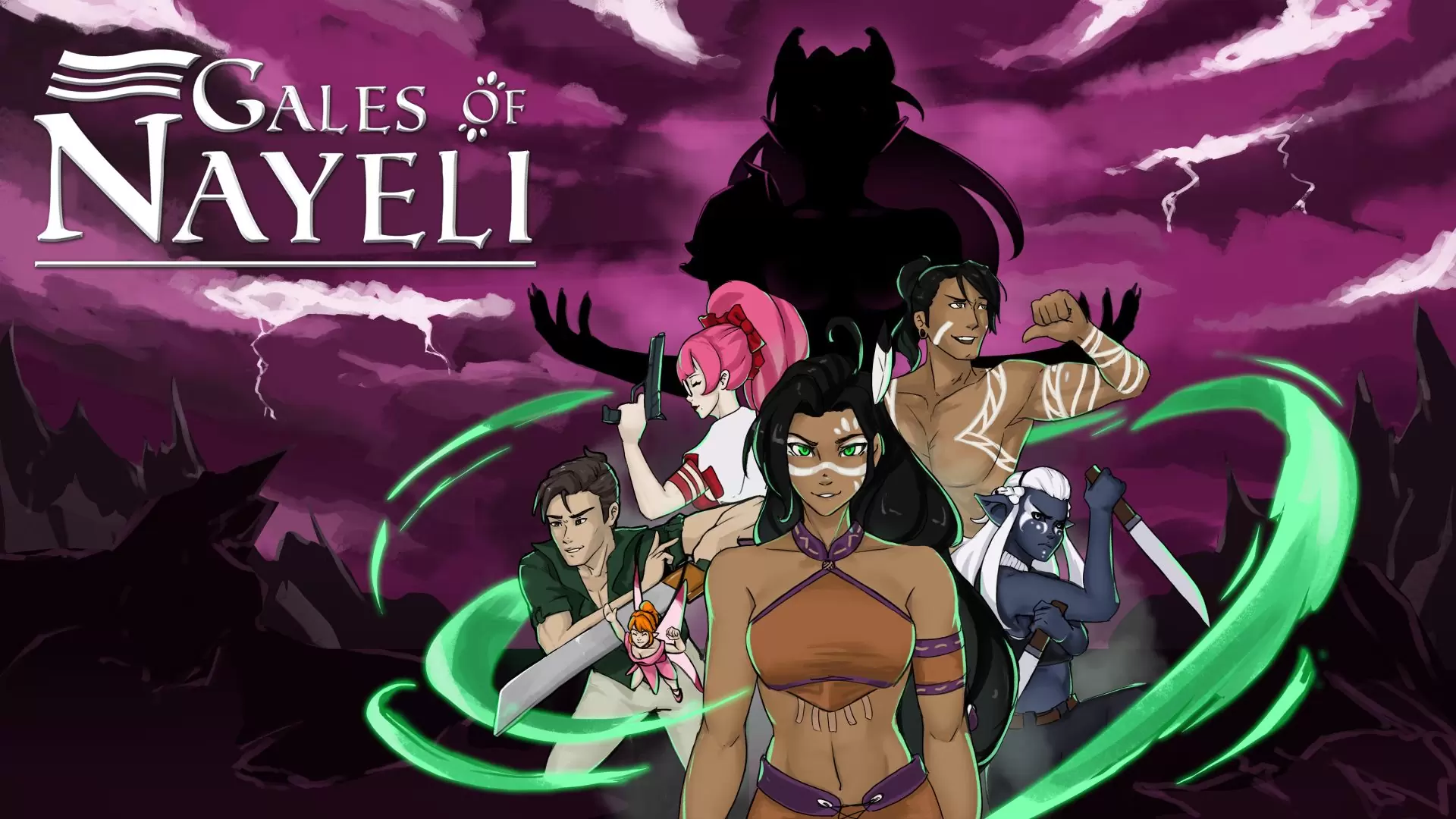Amazing SRPG with Many Distinct Routes – Sword of Convallaria Demo Impressions
Sword of Convallaria is an 2D strategy RPG with two modes: Fool’s Journey and Spirals of Destiny. Fool’s Journey is a “gacha” game SRPG, where you need to roll to recruit characters and grind your playable characters’ stats. This mode has limits on how much you can play before having to wait or pay real-world money (these limits are called “stamina” in gacha). It has many different kinds of in-game currencies you see in mobile games with microtransactions. You grind to essentially get bigger numbers and there isn’t much strategy, and the story in Fool’s Journey is a lot of multi-verse shenanigans, revisiting memories and what-if scenarios. In this demo, Fool’s Journey has 8 stages that takes an hour or two to play through.
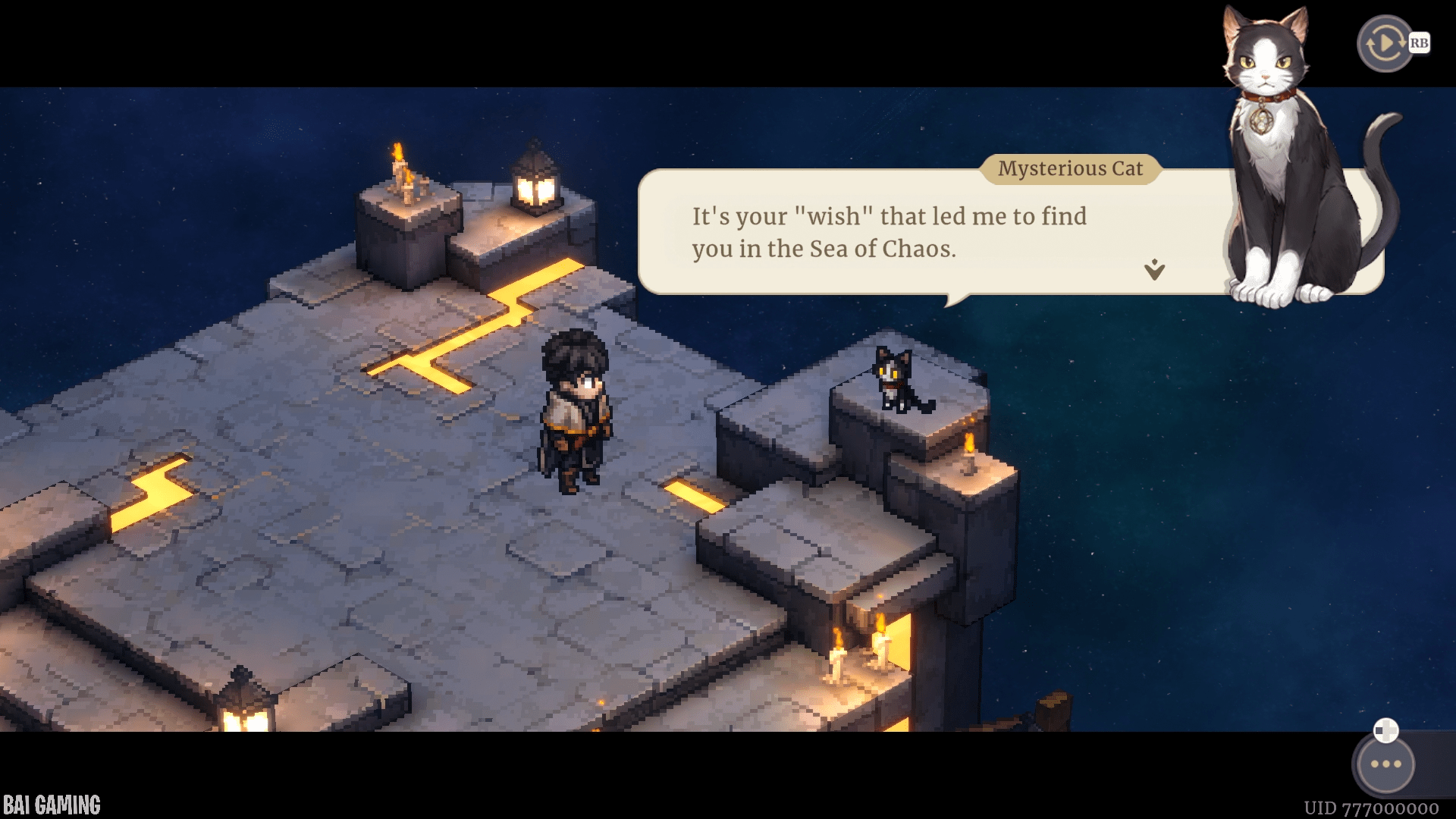
Most of the remainder of this review will talk about the Spirals of Destiny mode. When you progress enough in Fool’s Journey you unlock the ability to play Spirals of Destiny. This is the non-gacha story mode of the game that has traditional SRPG mechanics. The two modes are generally unconnected to each other. There’s a third mode greyed-out that unlocks after completing stage 9, but stage 9 is not available in the demo so we’ll all have to wait and see what that entails in the full release.
Going back to the two game modes, both of these game modes are always online with microtransactions and no option to manually save. Spirals of Destiny does play a lot like Tactics Ogre and Final Fantasy Tactics. In fact, I’d go as far as to say it plays very similarly to Final Fantasy Tactics Advance 2 in particular, in the sense there’s an in-game timer where you run a mercenary group and can accept a certain number of missions along. Not just that, it reminded me of that game because almost all the optional missions having a few lines of dialog and cutscenes. Some of these optional missions have hilarious situations too with NPC characters while others add lore to the world.
You can raise various approvals with different factions that affect the story. After the first few hours, you’ll be able to choose an alliance between one of three factions. From playing the demo, I think that the developers restricted the amount of routes. I noticed I was only able to get faction approval points for The Union faction (all missions would give approval points for The Union, but no missions gave approval for the other factions except). I would like to see other factions and their missions and lore in the full release.
Even though it’s only a demo, it does take 10 to even 20 hours to complete The Union route. It split into 2 sub-routes that had a total of 3 endings, but when you do certain endings you can get a bonus item (a Beacon) to let you get to other routes easier. When you start a new playthrough or cycle of Spirals of Destiny, you can choose a Beacon that can change how your playthrough goes (you can start slightly later rather than from the beginning or it makes it easier to get to certain routes).
In the hub area you can recruit more units from the tavern. You earn gold from completing missions and you use this to recruit more characters from the tavern. The tavern randomly generates characters you can recruit every few weeks and they are like gacha pulls but not as grindy. The gold cost isn’t much and the characters you recruit are color-coded in bronze, silver, gold and ultra rare. Sometimes if you raise approval with a faction they’ll send you their best units.
You can train your units in a training camp to grind levels or new abilities, forge equipment, receive blessings from the church, rest tired units (your units get tired from going on missions, it’s not too strict unless they fall in battle) or go on missions which is the actual gameplay. You can send some units on gathering missions that complete automatically as you play the game, but tires out your characters as well.
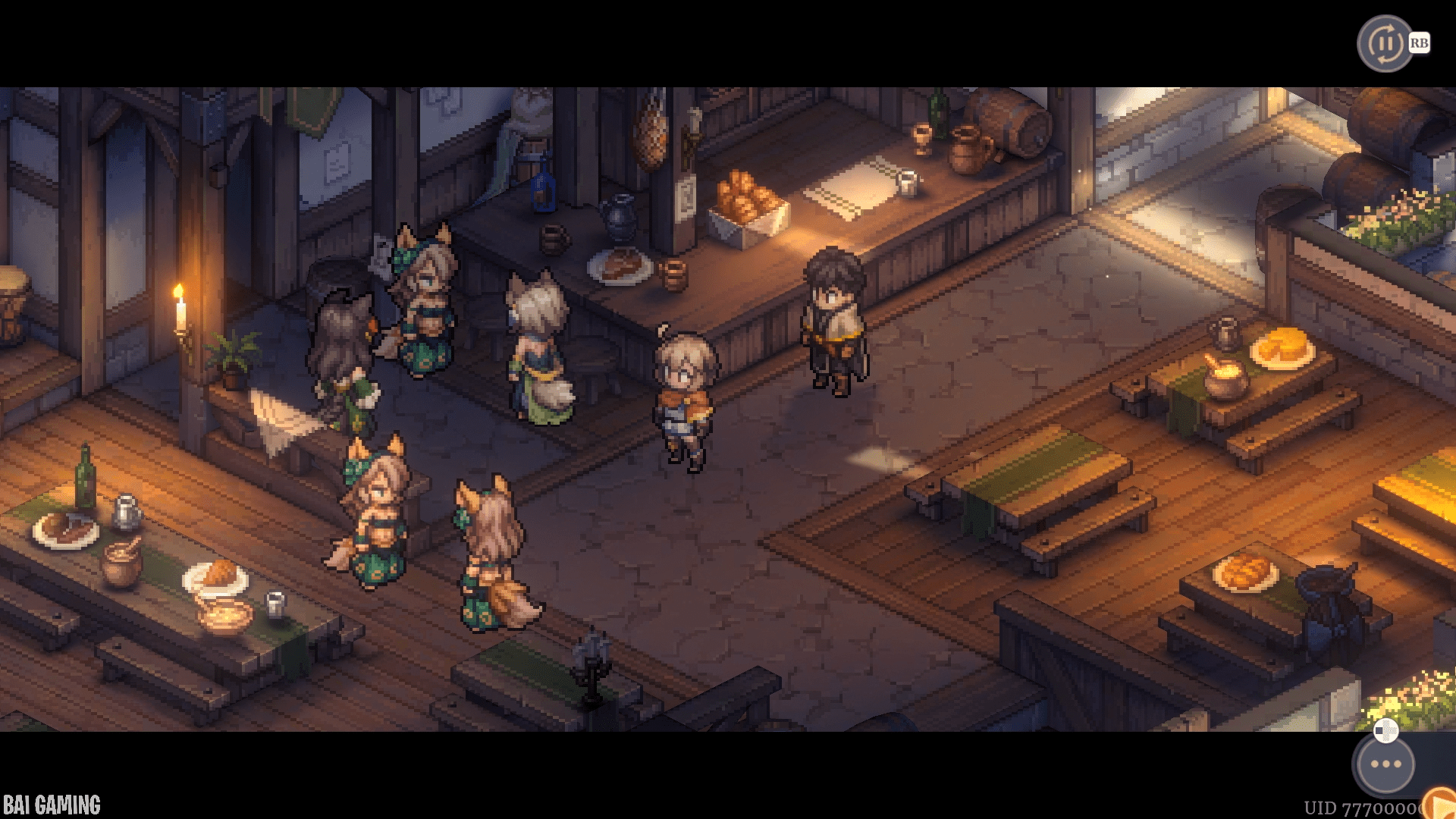
The game uses a weekly calendar system and when you finish all activities in your base you go forward 1 week. It’s not stressful like Fire Emblem: Three Houses, which had a daily system. The game even has reminders and lets you warp to the main activities you can do in the base. There was roughly 1 story mission every 3 weeks, meaning you’d have to complete 3 generic missions for every 1 story mission, though some story routes have more story missions in a row. You can skip generic missions as well but you lose out on rewards.
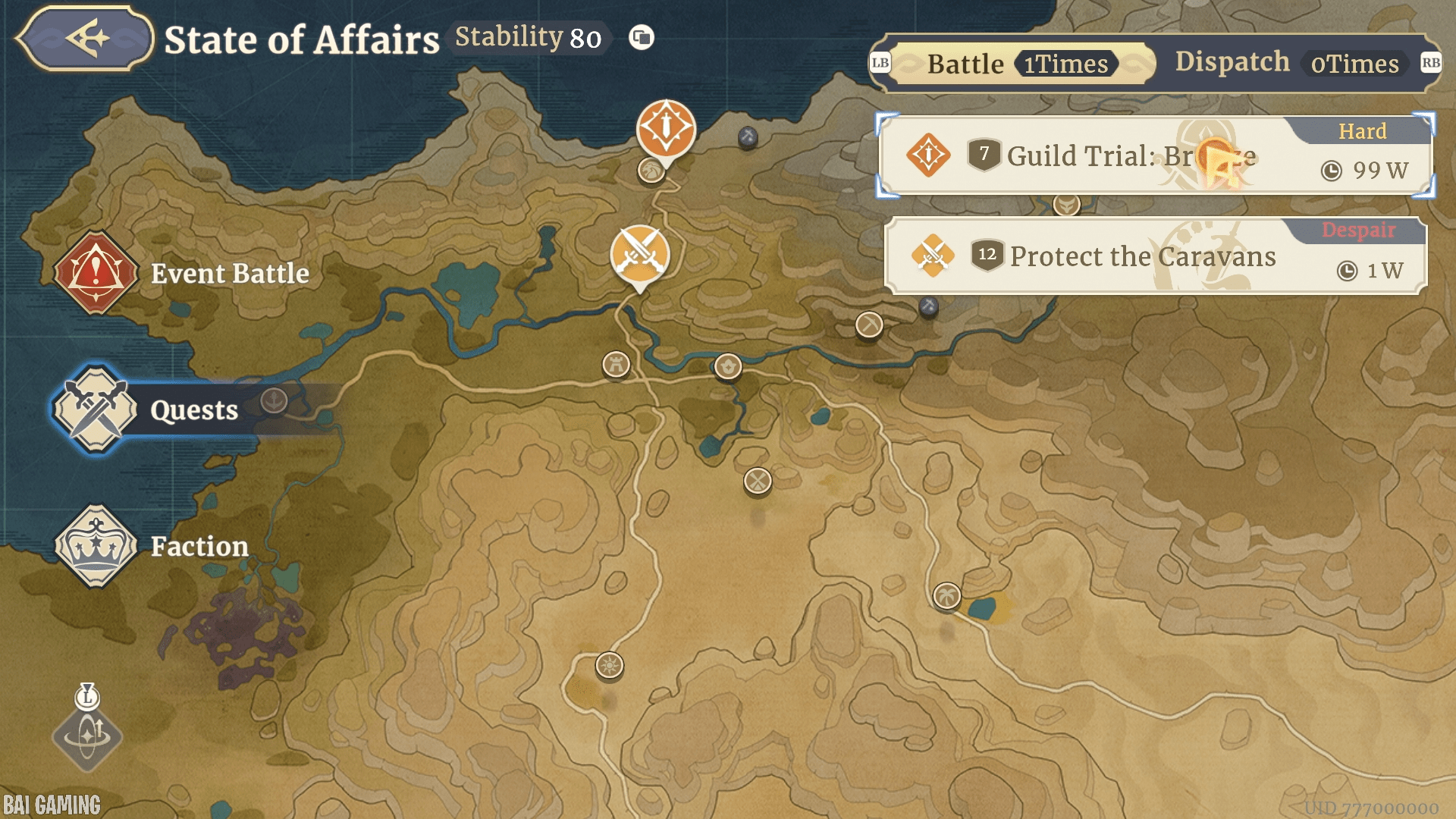
It’s not as bad as how much filler content Fantasy Tactics Advance 2 had, but it is quite a lot at times. You can advance the week without doing optional missions or base activities, but you’ll lose experience you could’ve obtained for your units as well as other rewards for completing the mission such as lumber, ingots, new abilities, reputation with factions, and ability upgrades or currency.
The soundtrack of this game is also extremely reminiscent of the Final Fantasy Ivalice games (FF12 and FF Tactics). The composer is Hitoshi Sakimoto who made those games’ soundtracks and he is one of the most prolific Japanese composers in the video game industry. You can tell right away that he composed this game’s soundtrack. This game really feels like a spiritual successor because of the tracks, which are used both in the narrative cutscenes as well as the battle themes. My favorite track in particular was the boss theme that plays during pivotal story stages, it sounds genuinely frightening, as if your army is about to get stampeded by a giant opposing force.
The great soundtrack really adds to the experience because there is a lot of mission variety compared to other strategy RPGs such as modern Fire Emblem or Disgaea (where 99% of the missions are just defeating all enemies or bosses). There are missions in Spirals of Destiny where you defeat all enemies, one boss, sabotaging an enemy’s crates or protecting your own crates, protecting a VIP or informants, or just defending a line for a certain amount of turns to name a few.
If you skip base activities, the lack of resources can quickly catch up to you. But I noticed that the mode was only really difficult in the very beginning – once you get your bearings you can recruit more characters, forge equipment, make builds by gaining passive and support abilities and more Within just a few hours of playing I really didn’t have a problem.
There are challenge missions called Trials that give extra bonuses for completion, but they’re much harder with promoted enemy classes I didn’t see elsewhere. The main story is very reasonable in difficulty though. It has problems like Tactics Ogre where once in a while you have an escort mission where all the enemies shoot projectiles at a guest character you have to protect, but generally the game is fair otherwise.
Spirals of Destiny has a map that shows the timeline branches and it looks similar to Tactics Ogre’s timeline (Wheel of Fortune) and there’s several dialog options that significantly affect the story and route you go through. I had difficulties accessing other routes and making alliances with a group that wasn’t The Union, but I think the developers did this to narrow the scope for the demo of the game. I was disappointed when I wasn’t getting much interaction with other world factions, but then I realized that this game was only a demo and that there’s probably dozens more hours of gameplay for the full release.
A huge problem, unfortunately, is that the game’s translation is somewhat poor with broken English (as if it was machine translated from Chinese to English), making the choices very confusing. The choices are obfuscated as well and it’s tough to tell which piece of dialog changes the route, and often it feels like a giant butterfly effect. I hope that the developers do another check over the translation and patch the game.
My major issue is that since this is a gacha mobile game, the game is always online and doesn’t let you make manual saves. So you could potentially ruin an entire playthrough if you make a bad decision in the narrative. I had to be careful on my second playthrough because if you mashed the confirm button you could accidentally go back on a route you already played. The skip cutscenes feature is well-made though and let me go replay the game quickly.
I had story characters leaving every few missions, leaving me scratching my head at went wrong and making me feel depressed and not want to play. Thankfully these characters were only story characters and not gameplay characters. Spirals of Destiny has a lot of very interesting characters that were underused that only appear for an hour, then suddenly they would have an excuse on why they have to leave. Some characters leave, come back, then leave again. I think that this is because this is only a demo of the full game and they made it so you could only do routes with The Union alliance.
Interestingly, the character I was close with never participated in battles except for maybe 1-2 missions in the entire game. It made me confused on why I was pulling for random recruitable characters in the tavern. I wasn’t able to obtain any truly unique characters in Spirals of Destiny except for Maitha and Faycal.
You also can’t easily save before a choice to explore both routes – so if you want to explore a different route you instead have to do a entire playthrough (cycle) of Spirals of Destiny from scratch. There’s no new game plus system, meaning you lose all your levels, forged weapons, characters etc when you do a new cycle of Spirals of Destiny.
It can be really terrible because I looked at the map of the timeline, and they showed that one of my endings had another route that continued on. Since I got a game ending, I was locked into it and had to do a new cycle to play again. But at the time I really didn’t want to trek through the entire game all over again from scratch to see the alternate ending and the game doesn’t let you save so you just have to live with your decisions.
You can unlock consumable items after completing a playthrough to spend in a skill tree to make new Spirals of Destiny playthroughs easier, but they’re not much at first. But what was more interesting in that skill tree is that there are more classes you can unlock that show up in the tavern. The tavern recruits initially are very bad in variety (you’ll never get a healer for instance), but then in the skill tree I was able to unlock the herbalist, a healing class.
The game is fun and lengthy, taking us the advertised 10 hours to get to one of the endings. At the same time, the ending I got seemed very depressing and it seemed that the game wanted me to keep doing new playthroughs to get a better ending. I think Triangle Strategy handled new game plus mechanics much better, where you can keep everything if you do a new playthrough, or you can even just save before route decisions too if you just want to see the differences immediately.
My ending route didn’t even have a final boss which was very disappointing. But I was suspicious because I didn’t see any credits, so I took a break and did another full playthrough and I got another bad ending – but this time the game gave me hints on how to get a better ending and it gave me an item to help me get on a better route. Then I did a third full playthrough and was able to get a much happier ending with a challenging final boss and credits this time. It’s definitely worth it to do multiple playthroughs, but the game does take up a lot of your time, even compared to Final Fantasy Tactics and Tactics Ogre which are already very lengthy games.
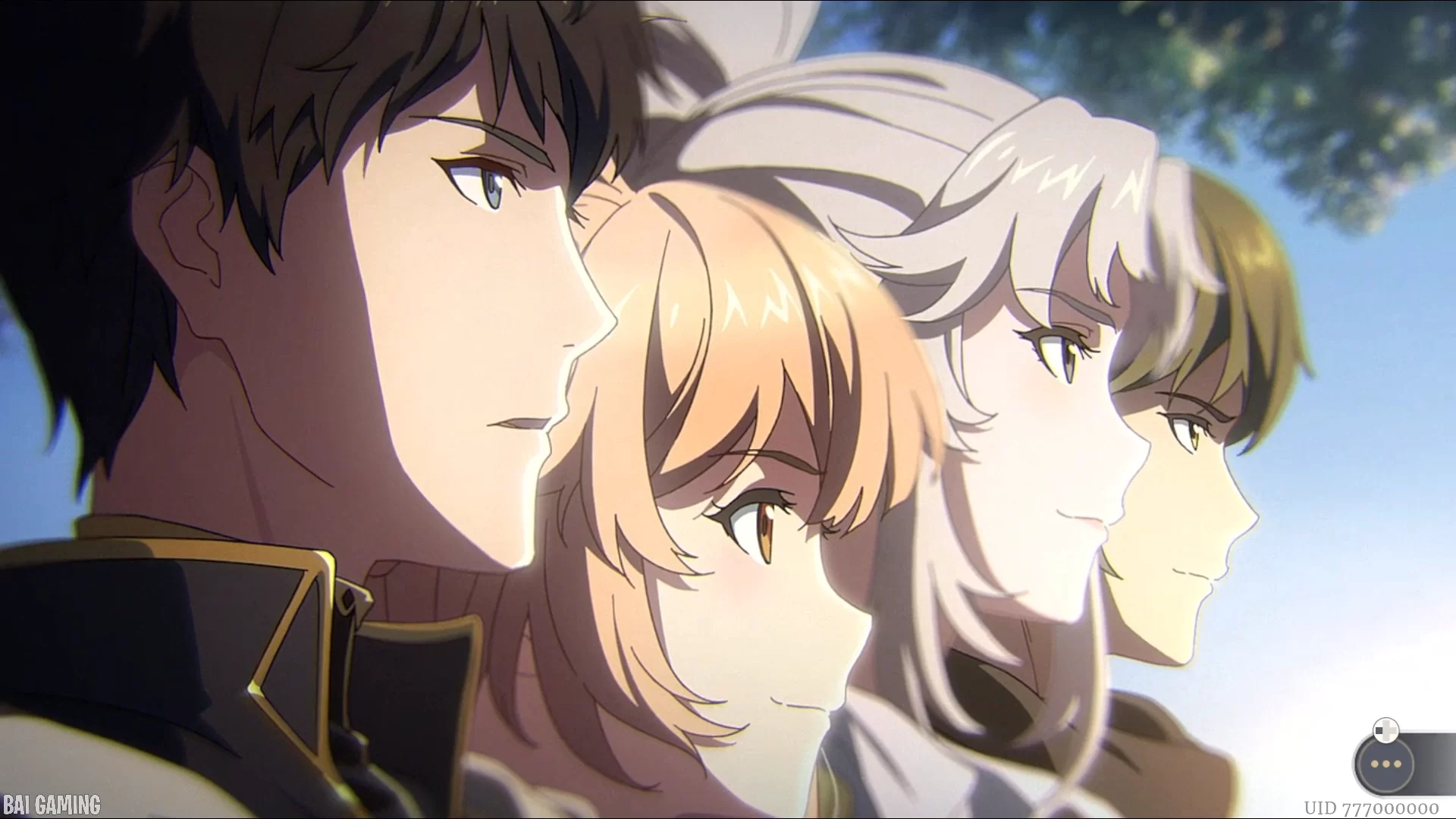
Although the gameplay is generally not too difficult in Spirals of Destiny, you still need to grind for resources a little because it’s still a “numbers game”, otherwise the enemies will defeat you easily. Though the game has an autobattle, it’s not really useful if you have to start a new playthrough almost from scratch – if you kept all your levels then autobattle would be useful, but otherwise the autobattle does very poorly for certain map objectives unless you’re significantly overleveled.
You also have to do more of the gacha side gameplay (Fool’s Journey) in order to do more playthroughs of Spirals of Destiny because you unlock Keys. A Key is a resource that is used up about every 4-8 weeks in Spirals of Destiny (it took us a little over 50 weeks to complete a cycle). You start off with enough Keys to get through one playthrough/cycle of Spirals of Destiny, but I ran out by the time I was wrapping up my third playthrough.
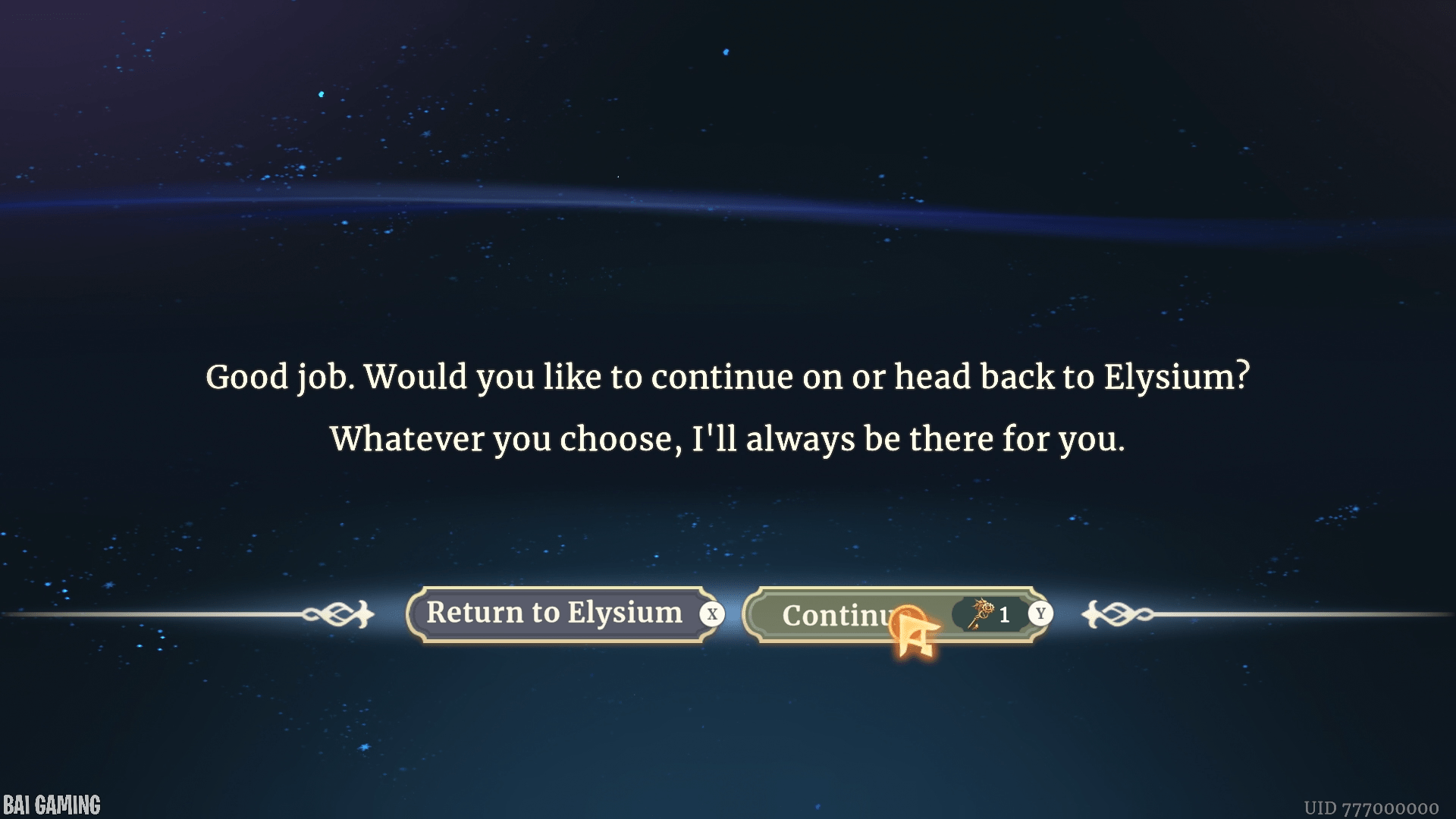
You can switch between the two modes no problem (the characters and equipment are completely different though you can take 3 characters into a new cycle of Spirals of Destiny) and everything is saved (you won’t lose progress for running out of keys), but the gacha mode really took me out of it and I didn’t like having to grind for keys to keep playing Spirals of Destiny.
Fool’s Journey is very tonally different and it might’ve been a poor decision to start off players in that mode. I’m lucky I played through Fool’s Journey for an hour to unlock Spirals of Destiny, otherwise the game would’ve felt like a generic mobile game with microtranscations. Spirals of Destiny is actually a really good game mode though and is a worthy successor to Final Fantasy Tactics, Tactics Ogre, and even Triangle Strategy.
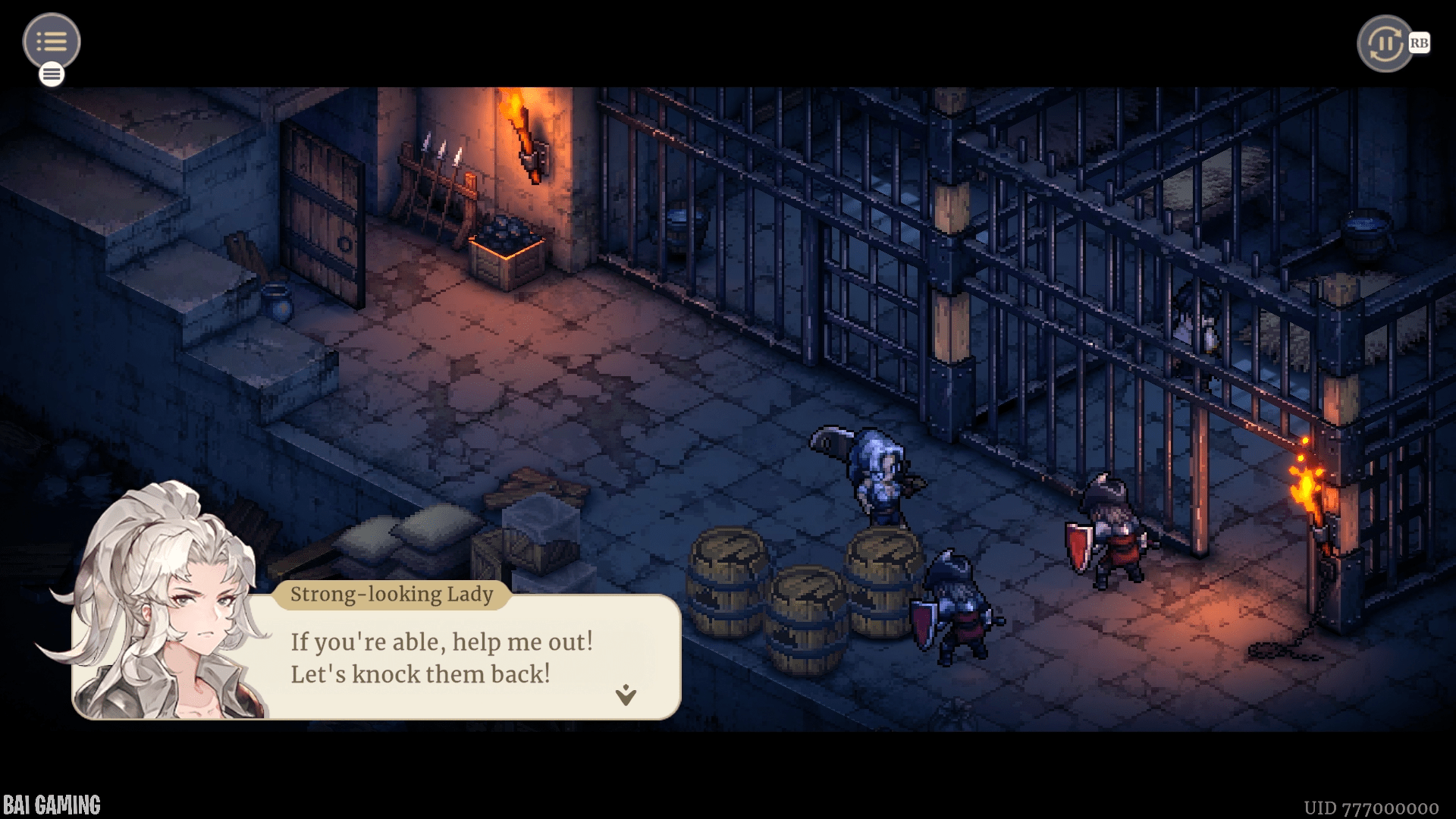
The gameplay itself in Spirals of Destiny is amazing. The 2D spritework and battle animations are amazing and the maps are designed well with bottomless pits, explosive barrels and height differences. It really feels like a spiritual successor to Final Fantasy Tactics (with the same composer as well.) The classes each have nuances and feel distinct. Though there’s no skill trees you can get new abilities and upgrades from optional missions and training, though classes are fixed.
I’ve played and reviewed a lot of recent indie spiritual successors strategy RPGs like Arcadian Atlas, Crimson Tactics: The Rise of The White Banner, and Mercenaries Saga Chronicles – and while they’re all good games that have their own twists on the formula they don’t come close to how close Sword of Convallaria’s Spirals of Destiny replicates the Final Fantasy Tactics formula.
The various factions and faction specific characters in Spiral of Destiny are phenomenal. The story structure can be compared to Triangle Strategy, and most routes in this game were associated with certain characters. I won’t reveal any spoilers at all, but the story in this game is extremely nuanced and there are characters who try to trick you which I really liked. The game does trick you into getting a bad ending, and then you learn from your mistakes to make better decisions in your subsequent playthroughs.
There were only a few routes with 2 characters you choose between, but this is only a demo so it’s a lot of content for a demo. I’m surprised you can fully play through the route in just a demo!
From what I could tell, I was only able to make an alliance with The Union in my playthrough, but I hypothesize in the full release that you will be able to make alliances with Safiyyah and The Hangmen (King’s army faction) and Samantha and The Judges (church faction) because I saw greyed-out menu choices and lock icons in-game. If that’s the case, I’d really look forward to the full release where you work with those factions in more detail. Some of the choices in this game are very non-obvious, somehow I was able to get a prompt to side with Safiyyah on my first playthrough but I didn’t take it, then I did another 4 playthroughs replicating my choices and couldn’t get it to appear again.
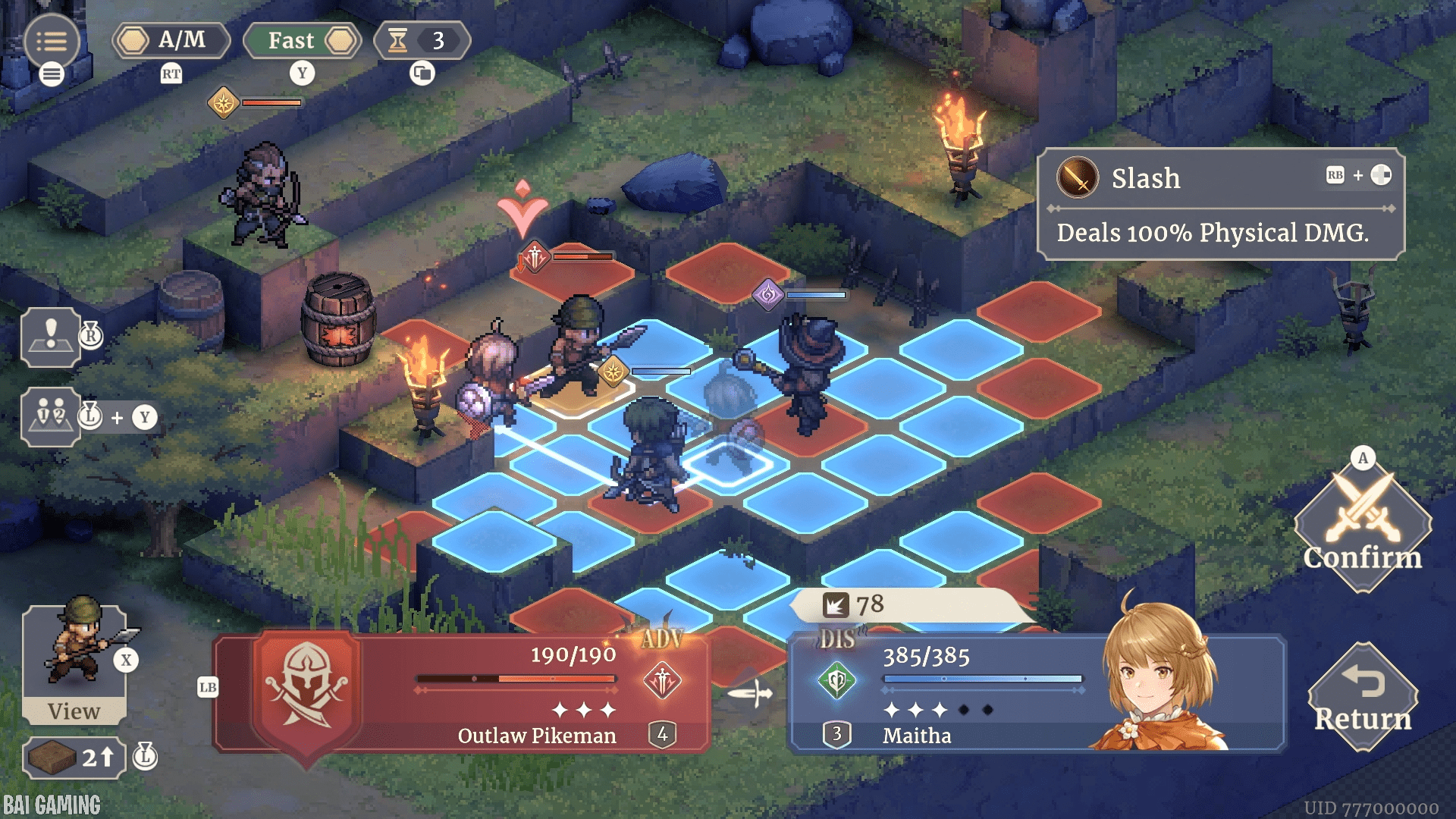
Although you have a player avatar character, they are only be used in Fool’s Journey. The player character is sometimes be playable in Spirals of Destiny, but only in extremely rare story situations (usually only in the prologue and ending missions). This felt like a huge missed opportunity considering that most modern SRPGs let you play in battles as the player character (this feels like Fire Emblem: The Blazing Blade on the GBA). I know it’s not realistic for a tactician protagonist to be battling with soldiers, but it just doesn’t feel fun when you can’t use your player unit.
Though this game plays like an SRPG and definitely pays homage to Final Fantasy Tactics, it still technically has microtransactions, not being able to manually save (so you can’t reload to see different routes), and it feels even more grindy than old SNES or PS1 games (in a time where many of us who grew up with Final Fantasy Tactics are adults with not as much spare time).
The menus have many different kinds of in-game currencies, a characteristic that you always see in mobile games. I don’t think that a free to play system is well-suited for this genre of game. I think that the developers should’ve made two separate games: one with only Fool’s Journey for the gacha, and one regular game with Spirals of Destiny that is a single player story experience.
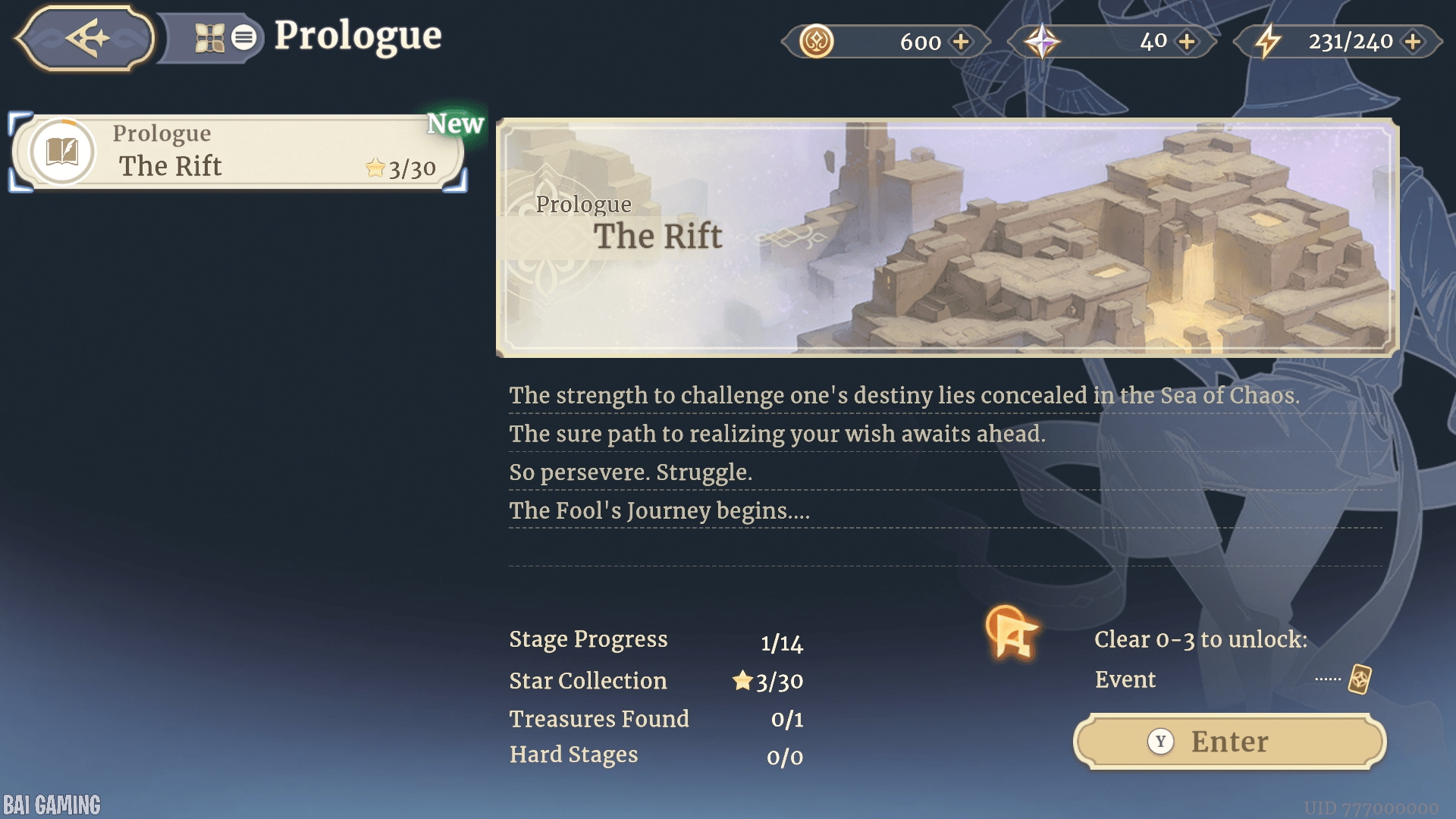
I recommend you to check out the demo for free, but it’s up to you to see if you can handle the gacha mechanics or if you want to spend real-life money on the game. I would’ve preferred if the game had just cost as much as a normal game without microtransactions.
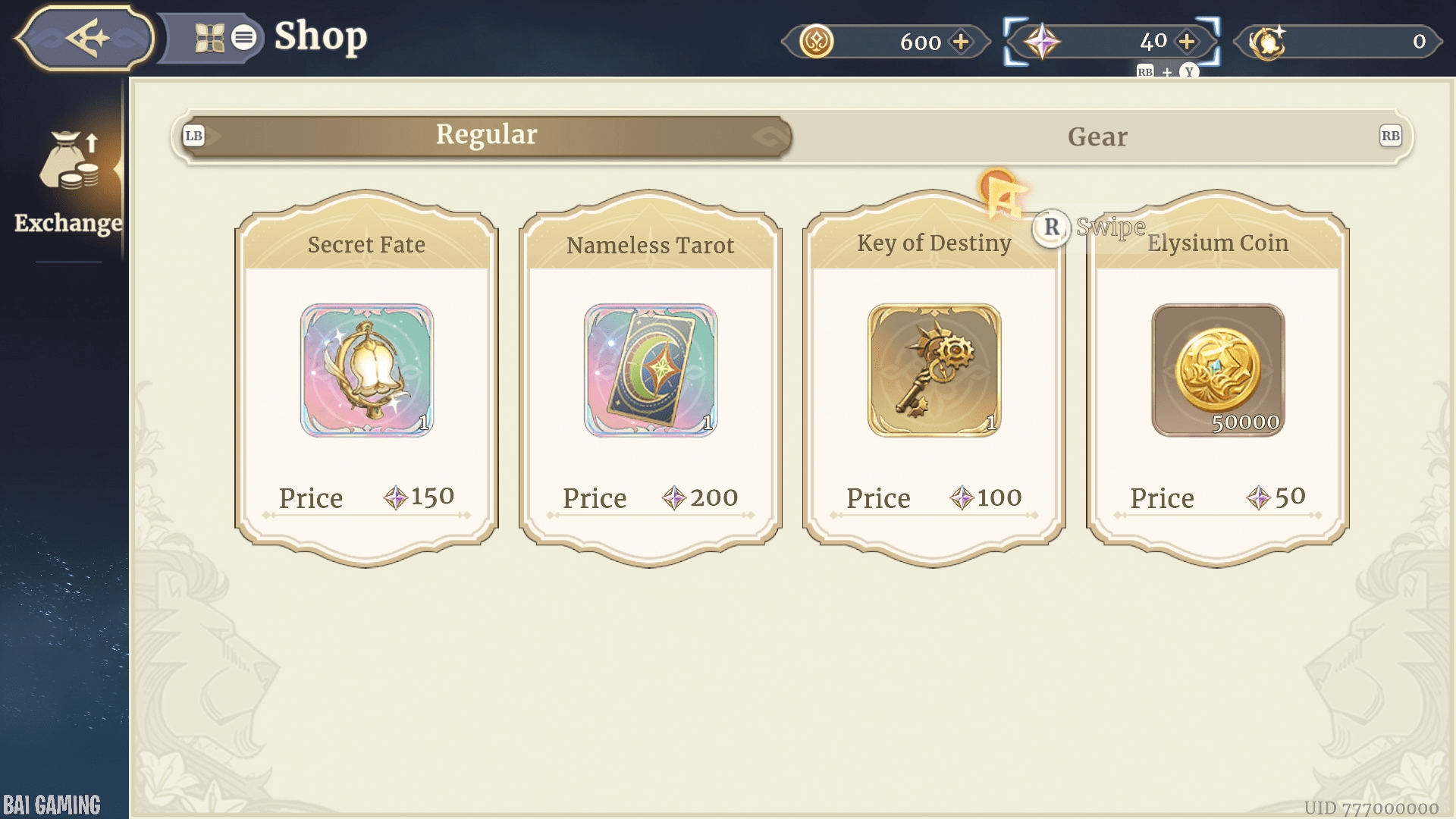
It’s just a tad unfortunate because Spirals of Destiny has a really interesting story mode (with amazing characters, fun gameplay, interesting factions and entire story routes) that is somewhat hampered by the rest of the game’s free to play mechanics. The two modes aren’t completely independent either: you do have to eventually grind for Keys in the gacha mode to keep playing Spirals of Destiny. Spirals of Destiny is still a really amazing game with a narrative that stands out.
If possible, I would actually be willing to spend real-world money to only buy keys to keep playing the Spirals of Destiny mode so that I can see the full routes with different factions and alternate endings.
Recent Posts

